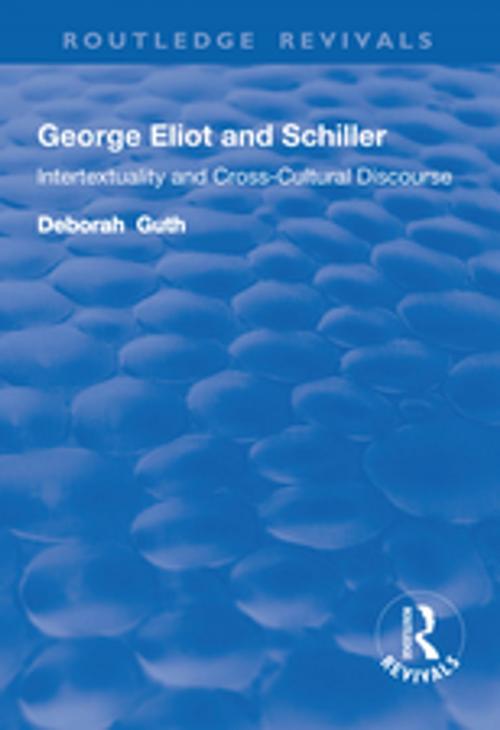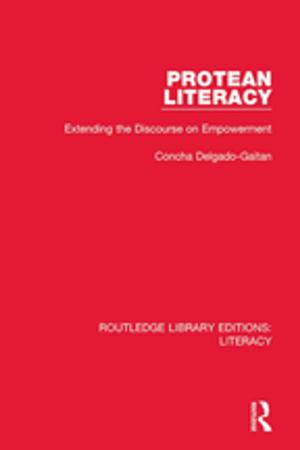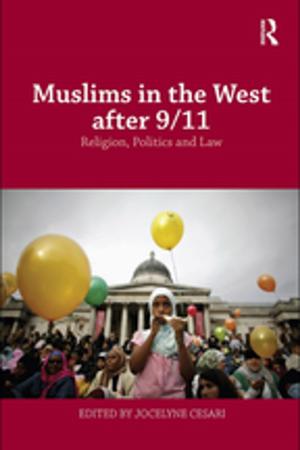George Eliot and Schiller
Intertextuality and Cross-Cultural Discourse
Fiction & Literature, Literary Theory & Criticism| Author: | Deborah Guth | ISBN: | 9781351755481 |
| Publisher: | Taylor and Francis | Publication: | November 22, 2017 |
| Imprint: | Routledge | Language: | English |
| Author: | Deborah Guth |
| ISBN: | 9781351755481 |
| Publisher: | Taylor and Francis |
| Publication: | November 22, 2017 |
| Imprint: | Routledge |
| Language: | English |
This title was first published in 2003. Though Friedrich Schiller enjoyed prominent literary standing and great popularity in nineteenth century literary England, his influence has been largely neglected in recent scholarship on the period. With George Eliot and Schiller: Intertextuality and Cross-Cultural Discourse, Deborah Guth explores the substantial evidence of the importance of the playwright and philosopher's thought to Eliot's novelistic art. Guth demonstrates the relationship of Schiller's work to Eliot's plotting of moral vision, the tensions in her work between realism and idealism (which an understanding of Schiller redefines substantially), and her aesthetics. The specific focus of the study is the Schillerian subtext of George Eliot's work and a resultant reassessment of her realism. However, the intertextual methodology, applications of Iser's thinking on the translatability of cultures, and a placement of Eliot in a German context serve as a gateway for reconsidering Eliot's contributions in these areas, as well. While recent scholarship on Eliot has focused on gender analysis, New Historicism and cultural materialism, the frame remains largely English. Guth contends that the immense continental underpinnings of Eliot's writing should lead us to re-situate her beyond national boundaries, and view her as a major European, as well as English, writer.
This title was first published in 2003. Though Friedrich Schiller enjoyed prominent literary standing and great popularity in nineteenth century literary England, his influence has been largely neglected in recent scholarship on the period. With George Eliot and Schiller: Intertextuality and Cross-Cultural Discourse, Deborah Guth explores the substantial evidence of the importance of the playwright and philosopher's thought to Eliot's novelistic art. Guth demonstrates the relationship of Schiller's work to Eliot's plotting of moral vision, the tensions in her work between realism and idealism (which an understanding of Schiller redefines substantially), and her aesthetics. The specific focus of the study is the Schillerian subtext of George Eliot's work and a resultant reassessment of her realism. However, the intertextual methodology, applications of Iser's thinking on the translatability of cultures, and a placement of Eliot in a German context serve as a gateway for reconsidering Eliot's contributions in these areas, as well. While recent scholarship on Eliot has focused on gender analysis, New Historicism and cultural materialism, the frame remains largely English. Guth contends that the immense continental underpinnings of Eliot's writing should lead us to re-situate her beyond national boundaries, and view her as a major European, as well as English, writer.















